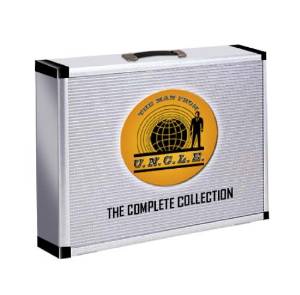
you're looking
for is right here:
Save money!
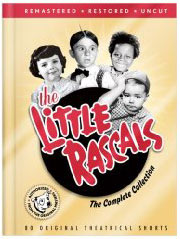
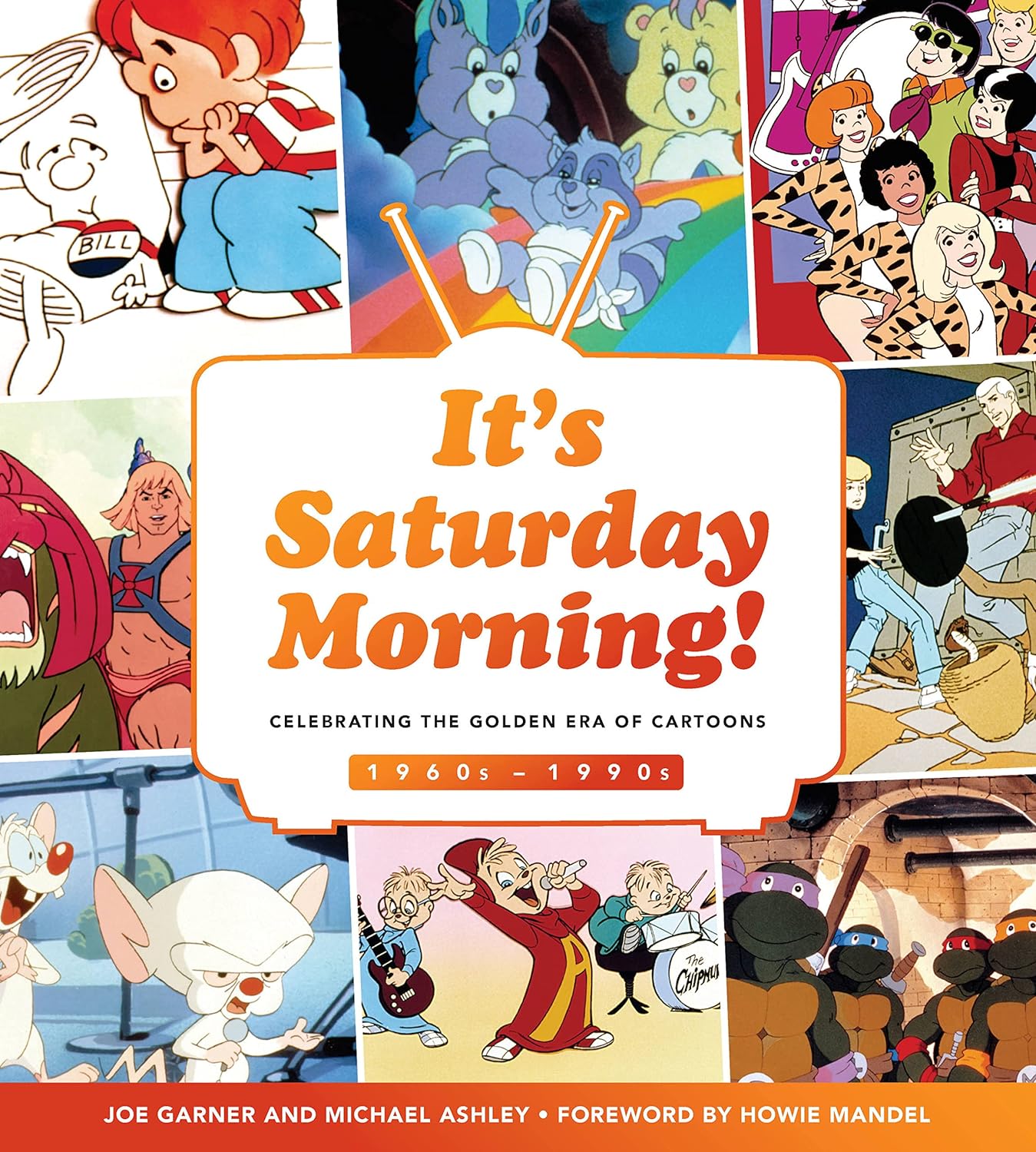
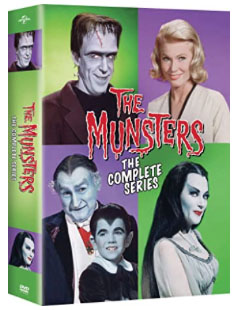
 |
Everything
you're looking for is right here: Save money! |
 |
 |
 |
||
|
by L. Wayne Hicks
Keeshan
was out of work for nine months, a period that saw the former Marine unable
to pay his mortgage and resort to cashing in soda bottles for the pennies
they would bring in. "I was about ready to go into the insurance business or whatever because I had a young son and a daughter on the way,” Keeshan once told me. "We were destitute. We were in dire straits."
Suddenly jobless, Keeshan found a potential lifeline in CBS, which proposed its own program about a marionette boy named Billy Buttons. Keeshan and his fired "Howdy Doody" castmates — Dayton Allen, Rhoda Mann and Bill LeCornect — collaborated on the show. But CBS passed on what Keeshan later called "a shameful rip-off of Howdy Doody." Keeshan had better luck at New York television station WABC, which wanted to copy a successful lunchtime show in Chicago about a clown. "Time for Fun," with Keeshan again in clown makeup, ran for 18 months. His subsequent show, "Tinker's Workshop," lasted another six months on WABC with Keeshan in the title role as a toymaker.
But this isn't about Captain Kangaroo. It's about the people who passed through the doors of the captain's Treasure House, among them David Connell, Jon Stone, Sam Gibbon, Jeff Moss and Clark "Corky" Gesner. These men educated the next generation of children, the ones raised on "Sesame Street" and "The Electric Company." One even left his mark on the theater.
Ironically, without "Captain Kangaroo," there would be no "Sesame Street." Connell, Stone, Gibbon and Moss all made their way from the Treasure House to 123 Sesame Street. "Bob Keeshan deserves all kinds of credit for ‘Sesame Street,'" Joan Ganz Cooney, the originator of "Sesame Street," is quoted as saying in Phylis Feinstein's 1971 book "All About Sesame Street." "He built extraordinary talent and although his turnover rate is not high at all, most of the guys who have been very interested in high quality children's television have passed through his show."
However you slice the credit for "Sesame Street," there's little doubt that these extremely talented people who would go on to create the show first put their skills to work on the set of "Captain Kangaroo."
"None of our people are ever out of work," Keeshan once said. "It's great training. There's no other show I know of in television that can take a production assistant and teach him everything — because we do everything here. We do everything in a technical sense; we do everything in a program sense. We're a variety show with guest stars, we do some dramatic scenes, there's always some comedy — and in the technical department, with visual material and film, and trick-shot effects, a production assistant gets to learn to work on everything that's available in the medium."
"I was ready to become the next John Frankenheimer," Connell told Jeff Kisseloff for the book "The Box: An Oral History of Television, 1920-1961." "Instead, I got a job on this kiddie show. For six weeks I was a clerk. My first job was to forge Keeshan's name on postcards when fans sent in letters. He found me doing it and put an end to it. Then I just hung around for a while until a production assistant job opened up and I took it." He admitted to Kisseloff he thought the show was "sloppy" and the directing "bad. Everything was bad, but it didn't matter. It worked." A little more than two years after joining "Captain Kangaroo," Connell was producing the show. He became executive producer in 1960, and remained with Keeshan until 1966, when he left to a join a company making industrial films. "I was extremely happy for the first time in 10 years," Connell once said. "I was in the film business and quite independent, really liked it a lot." His foray beyond children's television didn't last long. Cooney wanted him to oversee what would become "Sesame Street." But Connell wasn't eager to return to television, particularly to work on a show that was going to rely on a team of educational advisers. He'd also never heard of Cooney, whose background was in making documentaries for a New York TV station. "I left ‘Kangaroo' because I'd been with the show for 12 years and producing it for nine," Connell told The New York Times, "and I was at an age and a stage where I thought that if I was going to do something else, I'd better move on. But I was discouraged enough about the direction of children's television that I didn't care if I ever did it again." Michael Dann, then the programming boss at CBS, had recommended Cooney talk to Connell, telling her she needed a veteran producer in charge. Dann hadn't met Cooney yet, but when news broke of her plans to create this educational program, he wrote her a letter: "You are faced with a very serious problem — whom are you going to select as your executive producer? You are going to make a terrible mistake if you don't go for a guy who has had some experience in volume producing." Dann himself would later quit CBS and become Cooney's assistant and vice president of Children's Television Workshop. During four lengthy conversations, Cooney and Connell spelled out their desires for this unnamed program. Cooney wanted the show to have a multi-racial cast, no stars, feature both men and women and rely on "commercials" to teach children about letters and numbers. She wanted the show to be a series of short segments, similar to "Laugh-In," the enormously popular and irreverent show of the day. Cooney was sold. He joined her effort in 1968. "It's hard to imagine ‘Sesame Street' without his leadership of the creative team," Cooney once said. Connell's lasting concern was he wanted to see experienced people from the world of commercial television put in charge of production. "I felt that, since we were talking about television production, the ultimate decision about what goes on the air has to remain with the producers," he once said, "and that if it had to be run by an academic advisory board, there was the risk of disaster, that there would be educators playing producers. If we were going to err, it must be on the side of entertainment, not education." He didn't have far to look to find the people with whom he wanted to work. Connell contacted his friends from "Captain Kangaroo." He hired Sam Gibbon and Jon Stone. "Together with Connell," James Day wrote in his book The Vanishing Vision: The Inside Story of Public Television, "they formed the nucleus of what was to become one of the most imaginative and remarkable production teams in children's television." Like
Connell, Stone initially was reluctant to join the educational television
show. He had left "Captain Kangaroo" and was living a quieter
life in Vermont, intending to take up farming or some other noble pursuit.
He didn't want to do television; he was tired of it. But he agreed
at last to join Connell. Stone, who earned a master's degree in
drama from Yale and once dreamed of becoming an actor, wound up directing
the show for the next quarter-century, winning 18 Emmy Awards in the process. "I'd had it with children's television," said Gibbon, who started at CBS and "Captain Kangaroo" as a production assistant. He had an English degree from Princeton, experience as a "terrible actor" in the Army touring Germany during the Korean War and an interest in children's theater. "I wanted to do something else. I'd really burned out after six and a half years on ‘Captain Kangaroo.' Then Martin Luther King was assassinated and it seemed like maybe this show that proposed to do something for poor inner-city kids — minority kids in particular — it was time to do something like that. So I called up and I said, 'I'm in.'" The contributions each man made in the early days of the Children's Television Workshop were key. For instance, Connell picked the name from a list he'd asked children at a Manhattan day care center to suggest. "Almost everybody on the staff, I think, came in with the memo, looked at it and said, ‘Sesame Street? Yuk!'" Connell once said. "But nobody came up with anything else. So it won by default."
Connell's knack for picking the right person proved invaluable. Take the case of Jon Stone. A series of meetings with educators had helped shape the content of what "Sesame Street" would try to teach its audience, but that still left big questions about the format of the show. Stone had plenty of ideas. "Jon wanted it to be set on an inner-city street," Gibbon recalled. "He wanted it to be interracial as possible. He wanted it to deal with the issues of being a poor kid in the inner city. Then there were others who were uncomfortable with that sort of down-beat quality of that description and wanted something a little bit closer to ‘Captain Kangaroo,' in fact, and that's an island of safety feeling." Stone, Gibbon said, "was bitterly opposed" to emulating "Captain Kangaroo," where the show was contained to the magical Treasure House and the yard beyond where Mr. Green Jeans showed off the animals. "It seemed to me that a street in an urban run-down area would give the children we were most interested in reaching a neighborhood to identify with," Stone once told The New York Times. It was
Stone who brought Jim Henson's Muppets into the picture. Stone and
Henson had worked together on the 1969 ABC special "Hey Cinderella,"
which Stone co-wrote and Henson directed.
Initially, producers of "Sesame Street" erred on the side of realism. The now-familiar Muppets — Oscar the Grouch, Big Bird, Bert and Ernie — were to be used between segments on the street rather than being integrated with the human cast. But early screenings before audiences of children showed that the kids were more interested when animated bits or the Muppets were on screen. "So it turned into a street where Oscar can come out of a trash can or Big Bird can come wandering by," Connell once said. But not everyone thought Stone's approach to the show was the right one. Clark Gesner, who started as a cue card holder on "Captain Kangaroo," didn't work for Children's Television Workshop. He attended some seminars and Connell and Gibbon briefed him on the ones he missed. Shown the direction "Sesame Street" was heading, Gesner was "horrified," Gibbon recalled. "He hated it and wanted to do something very different." Gesner had learned to make himself heard since his early days on "Captain Kangaroo." Keeshan once wrote about him: "One evening in the early years of the show, Clark ‘Corky' Gesner, always soft spoken, approached me somewhat tentatively and pressed a large envelope on me. He explained that he had written some songs and would be pleased if I could find time to give them a listen. Oh boy, thought I, how am I going to let this kid down easily? I listened to his tapes that evening and was enthralled." Keeshan recognized Gesner's talent and put him to work writing and composing. In his free time, Gesner wrote songs inspired by the Peanuts comic strip, eventually turning them into the hit musical "You're a Good Man, Charlie Brown." For "Sesame Street," Gesner had a vastly different idea from what Stone was proposing. Connell heard him out, and gave Gesner a budget to produce his ideal version of the show. Gesner returned with a 20-minute sample that Gibbon recalled was "quite abstract." The performers were abstract objects or humanoid in appearance. The setting was a series of nooks and crannies, "the opposite of the realistic inner-city street setting that ‘Sesame Street' had opted for." Connell's investment in Gesner's idea wasn't wasted. Children's Television Workshop wound up using pieces from Gesner's prototype, chiefly sequences of dots popping onto the screen in sync with music. Typically a rebellious dot would ignore what the other dots were doing and do its own thing. Left behind on the set of "Captain Kangaroo," Keeshan later would profess no bitterness at the exodus of his staff. "People have got to do their thing," he once told me.
"He was not the easiest person to work with," Gibbon said about Keeshan. "But he was an extremely generous employer. He valued the staff. He treated them well. The most remarkable thing is he would never ever compromise his position with children. He knew what kind of authority he had. He knew what kinds of fantasy worlds children constructed around him and the puppets. He wouldn't take advantage of the power he had with kids. At a time when the sales department wanted to cancel the program because it wasn't making enough money and the ‘Today Show' was cleaning up in audience ratings, Keeshan would refuse to do commercials he didn't like. G.I. Joe war toys, he simply would not allow to be on the program."
Jeff Moss, who initially worked for Keeshan as a production assistant, followed that path. A native New Yorker and a graduate of Princeton, Moss picked the "Captain Kangaroo" job over the same duties at CBS News. "I was being very young and flip," Moss told Terry Gross on her radio show Fresh Air in 1994. "I said, well, I've seen the news. I hadn't seen ‘Kangaroo.' There's where I ended up." Moss
started as a production assistant, then returned as a writer after a six-month
stint in the Army. The son of a Shakespearean actor father and a writer
mother, Moss grew up listening to classical music and Broadway show tunes
and writing songs to entertain his friends. Among his contributions to
"Captain Kangaroo" was the song "When Ping Pong Balls Are
Falling." "You couldn't work on that show without being involved with everything on 'Kangaroo,'" Gibbon said. "There were weekly theme meetings in which all the writers, all the cast, the producers all met together to decide on a theme for a show. And then to elaborate on a theme with suggestions for music, suggestions for productions of music, suggestions for sketches. Everybody contributed to these theme meetings. It was one of the things that sort of infused the seminars on 'Sesame Street.' This sounds a little strange because on 'Kangaroo' the educational ambitions were minimal. There were educational exhibits and things like that, but it was very gentle education. It certainly wasn't curriculum dominated. But the notion that everybody could have a good idea was the idea of the seminars." Moss' contribution was to the sound of "Sesame Street." Early episodes relied on using records instead of original music. With Joe Raposo, the first music director of the show, that all changed. "Joe came to me and said, 'Well, look, you write words and music. I write words and music. Why don't we just do it? We'll write to the curriculum. We'll do it faster'," Moss told Gross on Fresh Air. "Joe was wonderfully ebullient. He said, 'We'll do it better, let's just go do it.' And we did it." Moss and Raposo put their stamp on "Sesame Street" from the beginning, collaborating on the now-famous theme song. Raposo would go to write, among songs, "Sing," "C is for Cookie" and "It's Not Easy Being Green." Moss' "Sesame Street" credits include "People in Your Neighborhood," "I Love Trash" and "Rubber Duckie." That's Moss heard squeaking a toy duck in the recording.
"I know it sounds slightly naive, but we wanted to make it as good as we could, and we were having such a good time working so hard," Moss once said. "It was a very, very small group when we started and I don't think of any of us thought this would be our life's work. We believed in what we were doing, but we had no idea how much we could change the world." Sadly, these creative men who helped launch "Sesame Street" died too soon. Of the original team, only Cooney and Gibbon are still alive. Raposo died of lymphoma in 1989, when he was just 51 years old. A bacterial infection caused the death of Henson in 1990, at age 53. Connell was 64 when he died in 1995. Stone died in 1997 at age 65 of complications from Lou Gehrig's disease. Moss died in 1998 of colon cancer. He was 56. Gesner suffered a heart attack and died in 2002 at the age of 64. And Keeshan, the man who started it all? He died in 2004 at age 76 following a lengthy illness. DON'T
MISS:
|
PR4 & PR5 Pages for ads - CHEAP!
NOW
ON DVD DID YOU KNOW: Sesame Street began in 1969. It was considered a failure by critics but kids grew to love it. Sesame Street was developed by the Children's Television Workshop. The muppets were created by puppeteer Jim Henson. Will Lee, who played Mr. Hooper, died in
1982. The
Official
Download the Romper Room tunes you loved!
|
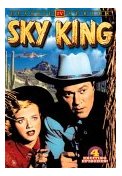 |
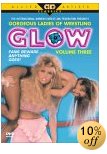 |
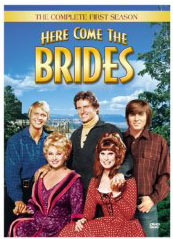 |
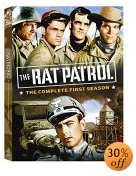 |
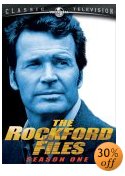 |
 |
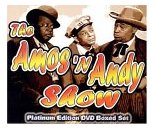 |
|
|
|
||||||||||
| Back
to the menu Contact Us / Classic TV DVDs Other Cool TV Sites TVparty! Television Blog |